Seventeen years ago, the hubby and I bought a 5-speed manual Jeep Grand Cherokee. Great car, but finally, after all these years of loyal service, we’re ready to say good-bye. The engine’s gonna die and it’s chewing through gas. You just develop a feel for these things.
So we dickered, the two of us. I’d like a truck-truck, but the hubby said, negatory, good buddy. So, okay, we’ll get an SUV; it’s one of those partnership, you-scratch-my-back-I’ll-scratch-yours kind of things. The deal-breaker, though: got to be a stick. Yes, shockingly old-tech there and especially when we are most decidedly trendy enough to own a Prius.
Finding a stick we can live with has been an exercise in, well, whatever form of torture you think is worst. Only two SUVS–Toyota’s FJ Cruiser and Nissan’s Xterra S or Pro-4X–have the frames that will support our snowplow (another requirement). Driving an automatic Cruiser was like being inside a Brinks armored car (teeny-tiny windows, zip-visibility) and so unpleasant we never went to the bother of tracking down a stick to try out.
So that left the Nissan. Let me tell you, we’ve had a helluva time finding a dealership with a stick. Finally found one after a couple months’ searching, only to discover that Nissan is going to discontinue the Xterra after this year because the market’s changed. Not only that, but the dealership only sold TWO sticks last year. TWO. The manual we tested out was the ONLY STICK available in a FIVE STATE region. Why? Because no one knows how to drive sticks anymore. No one wants to.
Now why should that be? For us, a manual transmission makes for a better driving experience. Sure, it takes some work. Driving a stick requires concentration; it’s not mindless, like driving an automatic. You got to pay attention to the sound of the engine; you do the dance of the feet. You can’t let yourself get too distracted, and whoa, driving San Francisco or Seattle would be . . . well . . . scary. A challenge, though and one I wouldn’t mind tackling in, say, a nice Ferrari.
Bottom line: for us, a stick is tech that, really, doesn’t require all that much tweaking.
Kind of like books.
Oh. Oh, Ilsa, no, not that again.
Yes. I’m sorry. YES.
Now I have a shocking confession: my oldest daughter is a Luddite. So is my youngest.
In a way . . . so am I.
Now, technically, we’re not complete Luddites. (By the way, if you don’t know what we are, kind of, then just click here.) I am, after all, blogging. I figure it’s one of those irony-things. And this isn’t the 19th century; we’re not British (although, yes, we’re unabashed Anglophiles–wine gums, anyone?); and our discomfort with modernity has nothing to do with the textile industry. So I guess you’d say we’re neo-Luddites of a very peculiar kind.
We’re book-Luddites. We. Like. Books. (Sort of like Clyde with banks . . .)
Books. You remember them: pieces of nice paper, printed on both sides with interesting words and stitched together in a hinge and protected by a front and back cover. Hard or soft cover, depending on your budget, although if you want a truly transcendental (if neo-Luddite) experience, make your own book out of fine quality paper, with decorate endpapers, hand-stitched to soft leather . . . oh, the moment you hold a well-made book is like Clyde offering that gun to Bonnie:
Now, in case you haven’t seen them, the books I’m talking about had neither backlit screens nor e-ink and they had heft, a real solidity to them. They felt good in your hand and smelled good, too. If not for killing trees, really, books were a technology that didn’t need improvement. Get this: you could even read them at the beach. In direct sunlight. The only downside? Well, if they got wet, then the pages would curl or mold; the ink might run. But you could repair the damage pretty easily and if you want a fabulous tutorial on how this could be done, give Gruber’s The Book of Air and Shadows a read. Books really were so forgiving that way.
For us neo-Luddites, the book, a nice piece of tech, didn’t really need improvement, although improvements were certainly made over the centuries. (Honestly, those monks took forever . . .) Gutenberg was a real boon and, somewhere along the way, books shaded over from being instruments of instruction to venues for a new kind of entertainment. Books and the stories that filled their pages (and I count magazines here, too) allowed for flights of the imagination on a broader scale than ever before.
So what’s happened? Why are people throwing over this perfectly good piece of tech? And, really, think about it: where, exactly, does a book require improvement? What’s wrong with a book being, well, just a book? More specifically, why are bookstores dying–because that’s the real tragedy here, don’t you think? (If you’ve missed this slow-motion train wreck, read this, this and this.)
Now, I’m not going to debate the value of e-books or readers; I’m not against any venue that delivers a good story. What concerns me–again and again and again–is something that my youngest daughter said just the other day. (For the record, both kids have readers given to them by dear old Mum. Both resisted the readers for the longest time, but now that they’re away from home and sometimes spend a lot of time traveling–and being both neo-Luddites and voracious readers–they’re always bringing SCADS of books home which they then plow through and then ask when we’re going to Borders on a book-buying expedition. The nearest bookstore is a good hour away, so that sucks. The kids like their readers, sort of; they’re convenient, blah, blah, blah. But the readers also make them very uneasy, and they have the same problem I do with an e-book. Trying to find a particular passage in an e-book, squirreled away as electrons that have no real heft and occupy nothing I can readily identify as being 3-D–is an exercise in Chinese water torture. I can’t do it and neither can they. Well, okay, I can, but it takes five hundred times longer because my brain (and theirs, because they are, after all, neo-Luddites like their mum) is conditioned to a book as a 3-D object. Hey, no need for silly glasses either. I know where something is in a book-book; I have no idea how to find it in an e-book. But I digress . . .)
Here’s what the youngest said: very few of her college friends actually read for pleasure. Fewer still have readers, which kind of goes along with a new survey released just last week in which college students show a clear preference for traditional books. Now the survey looked only at college kids’ preferences regarding textbooks, but this echoes an earlier study at Princeton. (The original announcement and immediate reactions can be found here.) The university, in fact, abandoned e-based textbooks when it was clear that kids just didn’t like them.
Now, of my kid’s friends who do own an e-reader, these are kids who already love physical books. Makes sense, really. Why buy a piece of tech that ~shudder~ doesn’t let you exercise those thumbs? You realize, of course, that the true evolutionary advantage of the opposable thumb is that chimps can’t text. HAH! Try to mount an insurrection against humans without access to a digital call to arms. Just try.
But I digress again.
Of the kid’s friends who don’t read, the only books they might actually touch are Harry Potter.
Which is, well, kind of disheartening.
We’ve all heard how e-book sales have surged along with the uptick in reader sales, and there are scads of e-readers out there. (I know; I have one . . . okay, counting my phone, I have two. No, wait, I blush to admit it, but I ponied up the cash to try out a PocketBook IQ because I wanted an Android-based system onto which I could download a bunch of e-reader apps and expand my options. And the hubby just gave me a new iPod touch he won in a raffle and so I uploaded the iBook app (which is, I think, the BEST reader app because you actually watch pages TURN). So . . . I guess you’d say that I have four readers . . . unless you count the apps I downloaded onto my two (and soon to be three) computers. So that makes . . . give me a sec . . . seven devices on which I can read books? Yeah, that’s about right.)
But, see, I kind of prove the point. I already read books. A piece of tech wouldn’t make me want to learn to read books. The tech is just a tool–and one that I actually don’t need when you get right down to it. Sure, there’s plenty of evidence that the proliferation of platforms has made it much easier for authors to upload their material to various sites and sell directly to consumers. Do a standard search and you’ll find a bunch of writers who claim to make their living going this route alone–and good for them. I mean that. I’ll be running that experiment myself in the near future with an e-anthology, so stay tuned.
But what hasn’t changed much is the percentage of people reading for pleasure, and that’s the real problem. People most likely to buy a reader are people who already read–like, hello, yours truly. Readers aren’t winning new converts to the medium. In fact, the youngest kid has used her reader for, yeah, reading but only books she lent out that were never returned.
What she uses her reader for is . . . wait for it . . . playing games. Apparently, not trusting that anyone could find a dumb old vanilla story entertaining enough to simply settle down for a good read, Amazon allows people to load various games onto the Kindle. Who knew? I don’t play games on readers or computers, so I certainly didn’t. Bravo for them . . . I guess.
Because here’s what I’m thinking: my daughter’s behavior reinforces a sneaky suspicion I have that kids her age regard tech as venues for games and social interactions (i.e., texting their thumbs off; G-d, she’s fast). Oh, and downloading movies and watching other people play video games . . . but I digress a third time. No, fourth. I think.
Look, spiff up the experience any way you want: games, hypertext links, dictionaries, embedded content. But, GAWD, do I CARE what’s on an author’s desk as I saw in one of those extra doohickey links in an e-book? NO! The only time I might truly care about that if if I happen to write an historical and want to know what, for example, Dickens had on his desk or where he sat, etc. , the way Dan Simmons did in Drood. It’s that historical authenticity thing.
Only stories can save books and make readers out of a generation of game-players. People are always hungry for content. Some of that e-book content is really, really bad–but that’s not new either. When the printing press was invented, people worried about crap flooding the marketplace and they were right. Crap did; crap does; crap will again. Not everyone is Charles Dickens, Jane Austen or Stephen King, and marketing is half the battle. Heck, I’m plowing through a GAWD-AWFUL book I would normally chuck but can’t because I promised to read the thing. This book is an international best-seller, but I can’t for the life of me imagine why. It’s poorly written, stuffed with miscellaneous and completely irrelevant detail, burdened with achingly bad exposition–and just plain BORING. Reading this monstrosity is like wading through Moby Dick; really, Melville so needed meds, it’s not funny.
People are hungry for story. I’m not going to go all anthropological on you, but–really–that’s what all those little sit-downs around the campfire with Og were all about. Ditto the cave paintings, the hieroglyphs, etc., etc. People are, by and large, social beings. Just look at Facebook and Twitter, if you don’t believe me. Sharing narratives is a very human thing to do.
The problem is . . . how. How are you going to get new eyeballs on narratives that, in turn, make reading so rewarding that people come back for more?
Well, good stories, obviously. But in order to discover those great stories–and they’re out there and writers are giving us more every day, as writers DO–you have to live and be raised in a culture that values reading. Period. And, really, I’m not at all sold that this is the case here. I can’t find the article now, but it was featured in Publisher’s Weekly a week or so ago (bad me; if I find it again, I’ll post the link). Basically, someone important observed, correctly, that if you don’t save your brick-and-mortar stores–if there’s no way to help people discover new content and books they never knew existed–e-books aren’t going to save publishing or reading because no one will SEE them.
I would add that reading needs to be fun. I know. Shocking concept. But probably the most disheartening story I’ve read recently about this came out in The New York Times regarding the demise of picture books. Besides being a chilling look at how NOT to encourage your kid to read for pleasure was this observation from one mom about her young son:
“He would still read picture books now if we let him, because he doesn’t want to work to read,” she said, adding that she and her husband have kept him reading chapter books.
AH! AAAAAAHHHHHHHHHH!!!! Are the hairs on your neck prickling at that? Are they? They should be. AAAAAHHHHHHH!!! WHAT? No, NO! THAT is a way to make reading an exercise in Moby-Dickism: read this because it’s good for you. NO, NO!!!! Excluding learning disabilities, what that mom fails to get is that not only isn’t her kid ready for chapter books, reading doesn’t have to be WORK!
True story: My favorite Starbucks barista loves books. He didn’t always. His mom tried to get him to read, but he wouldn’t. Finally, a very smart uncle struck a deal: for every book the kid read, he’d get five bucks.
Bingo. That kid read a hundred bucks worth of books that summer. He started small–with kid’s classics–but he read classics. He read good stories and, all of a sudden, reading wasn’t hard; it wasn’t work. It was fun because the stories were fun. After the summer was over, the kid was hooked and he’s still reading and what’s more: he loves book-books. LONG books. And he won’t get a reader. Hates ’em because no reader will conjure the magic the way a physical book still does.
That story just thrills my little neo-Luddite heart. See, I’m enough of a romantic to believe that hanging out with a little (or big) kid and reading the same picture/board/chapter/book or classic over and over again is PERFECTLY FINE. BECAUSE IT’S ABOUT THE INTERACTION, STUPID!!! Is that little kid mentioned in the NYT going to have fond memories of curling up with mummy and hearing/reading/imagining a great story? NO! Is he going to see reading–and by extension, books–as anything other than necessary evils: tools designed to get him into the most prestigious prep school/college, etc.? NO! Are these parents–and those like them–well on their way to creating a person who will FLEE from books? YES!!!
And no spiffy reader is going to convince that kid otherwise.
So, really, we’re talking a culture shift here in the value we give to reading, in the importance of books as entertainment. A book NEEDS no improvement because it’s the story that counts. The more bells and whistles you try to load into a book–read: reader here–the more you diminish the importance of story. Doing this sends the absolutely WRONG message that the story requires something extra to engage you: Here, honey, we know this is hard; have a piece of chocolate. It fosters the absolutely wrong expectation that reading does not require a different mind-set. In the same way that driving a stick requires sustained concentration and effort, so does reading. Flashing lights and fancy-schmancy packaging suggests that reading must be and is only about the medium, and not the message.
Wrong. Wrong. Wrong.
Now, I hope I’m mistaken about the demise of physical books, and that reading doesn’t continue into what I perceive to be a gradual decline and transformation into something that I don’t see as being what reading is supposed to be about. Reading is not the same as watching a movie. A book should not have to include diversionary asides to hold your attention. Story ought to be enough, but only if society understands that story has value.
I read out loud to my youngest kid every night for years and years and years. When she turned fourteen or so, I stopped. I don’t know why. She didn’t tell me to stop. I just figured she’d outgrown our nightly ritual, but I never asked. Do you know that she still brings this up every now and again: like, how could you think I would ever be too old to enjoy hearing you read me a good story?
My mistake. I was so dumb. I forgot what I truly believe: that story is about connection and relationships and communication.
No, scratch that: story is the tie that binds.
It’s the story, stupid. It’s the story.
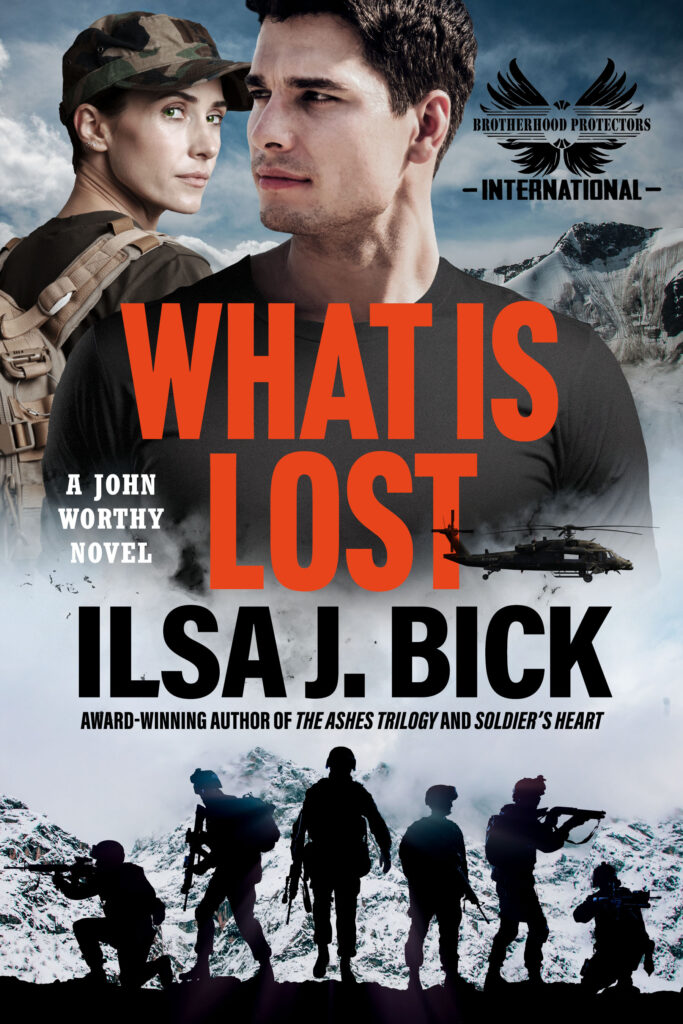



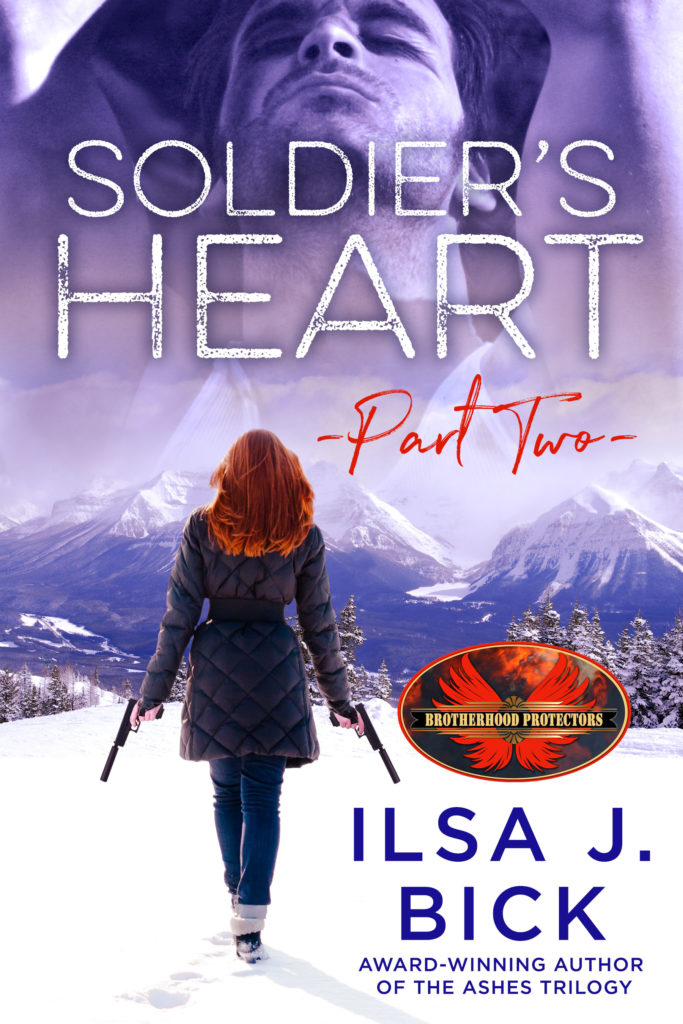
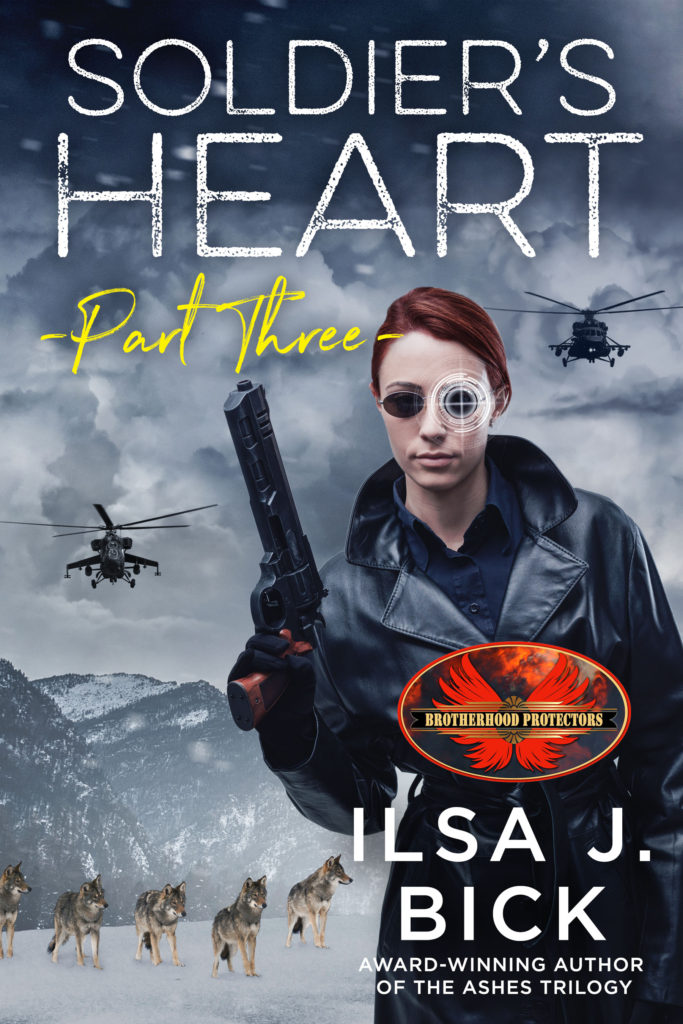

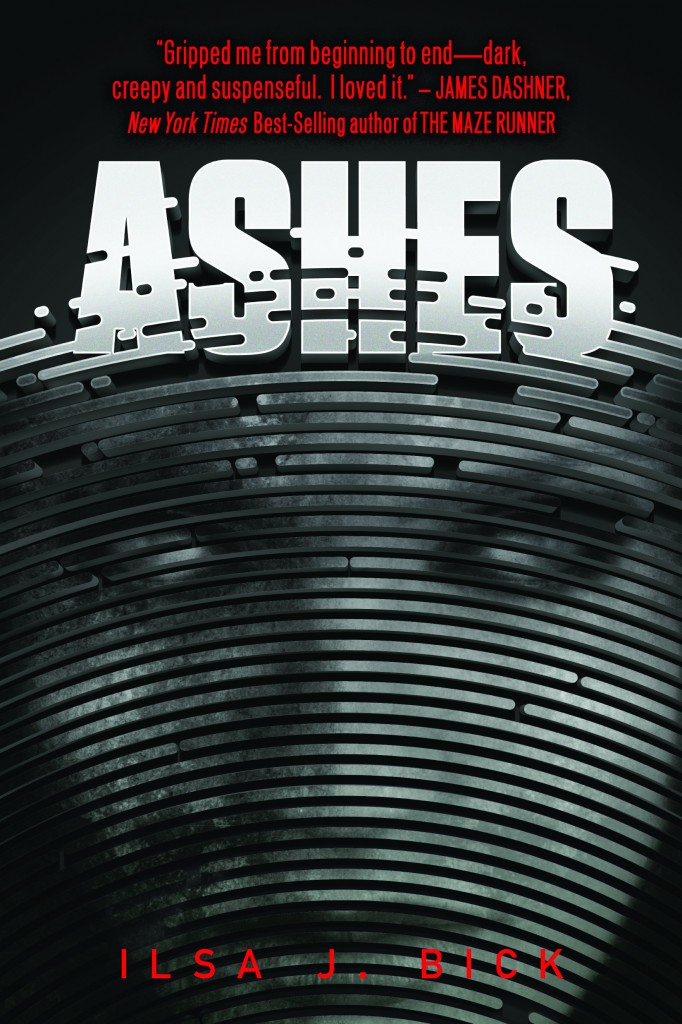
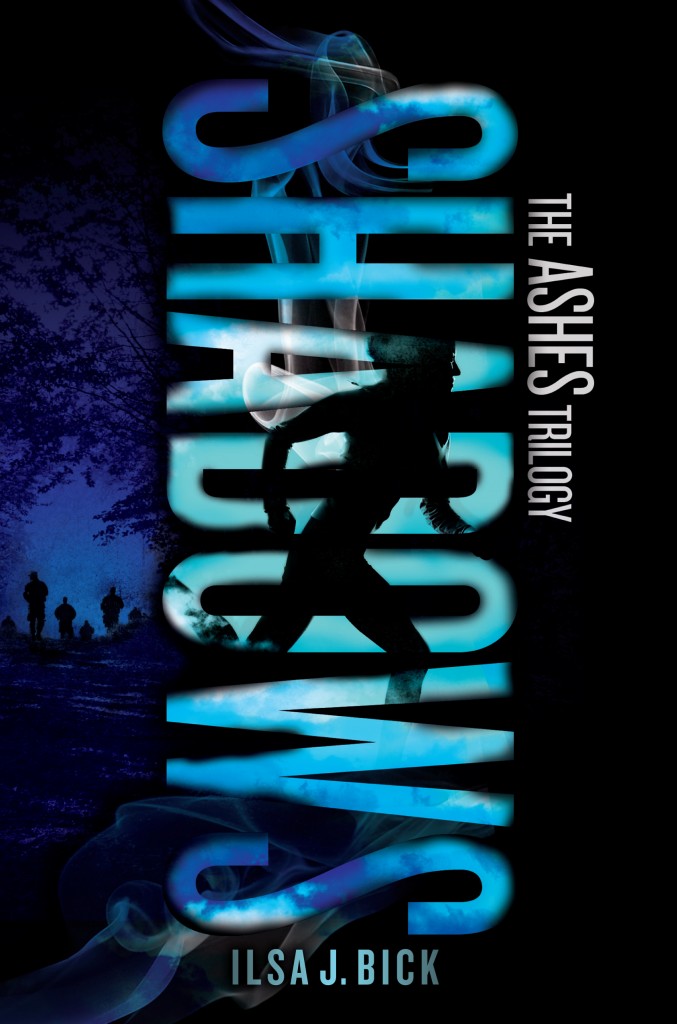
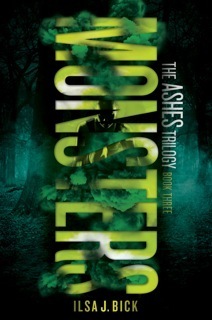
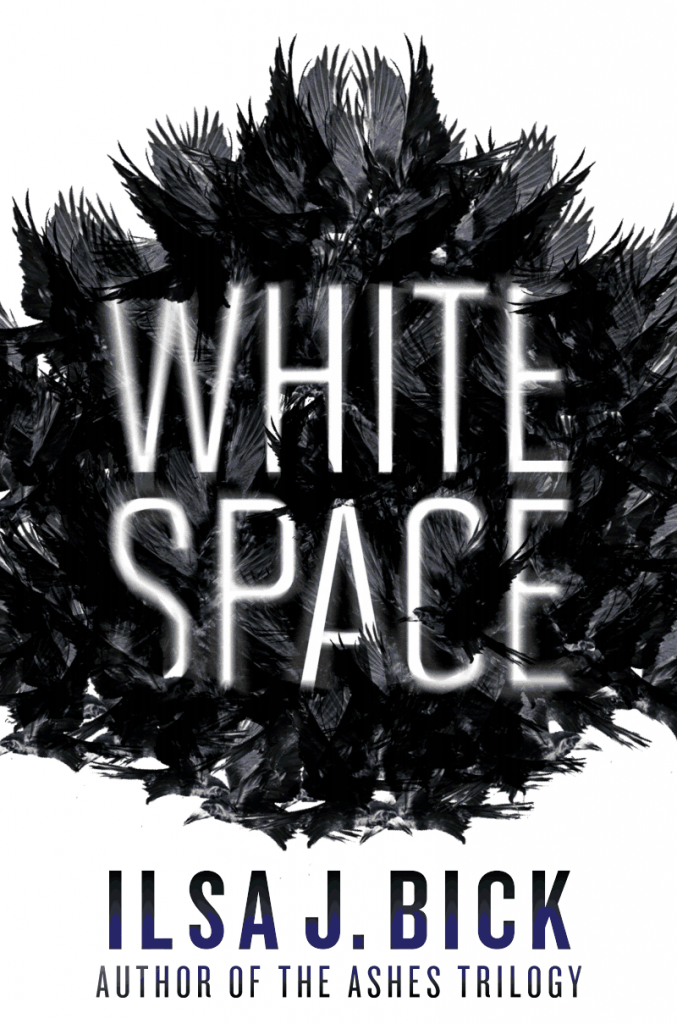
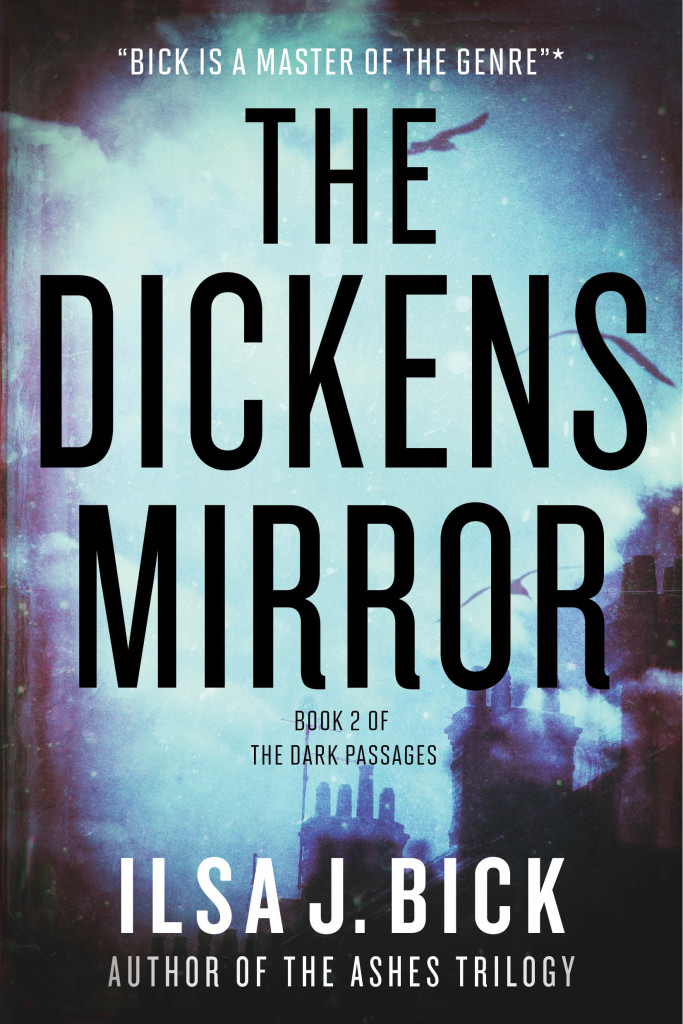
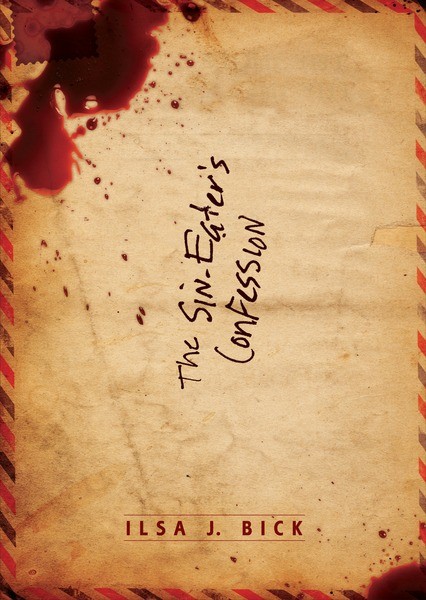
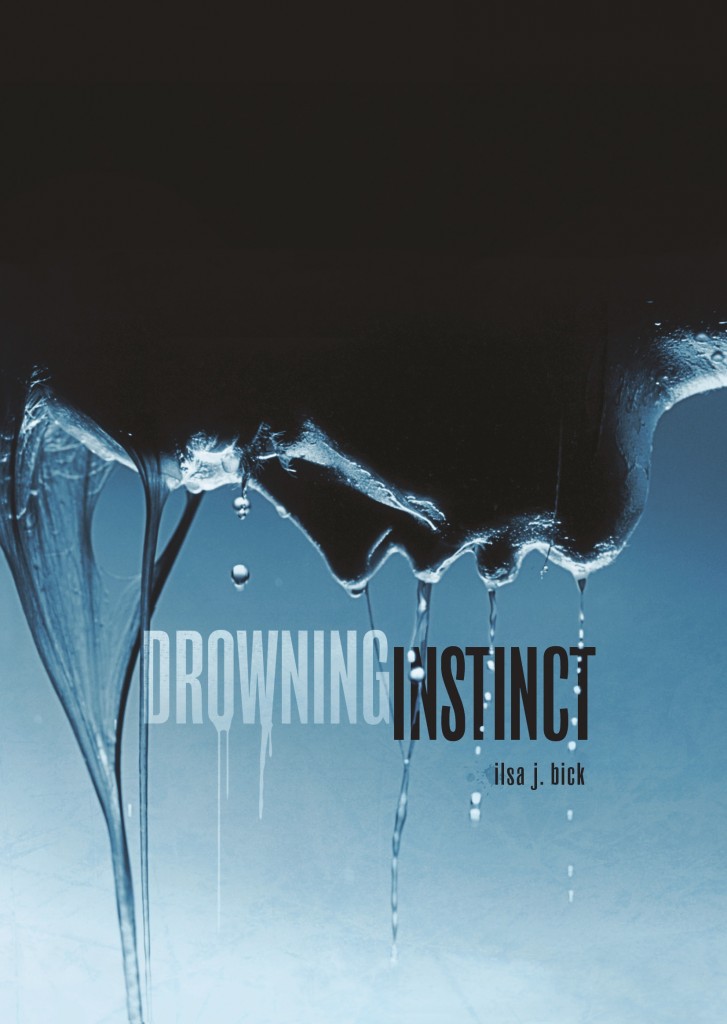
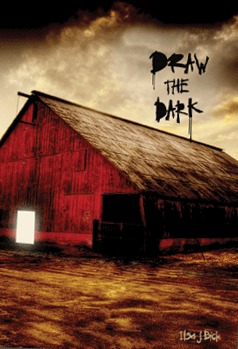
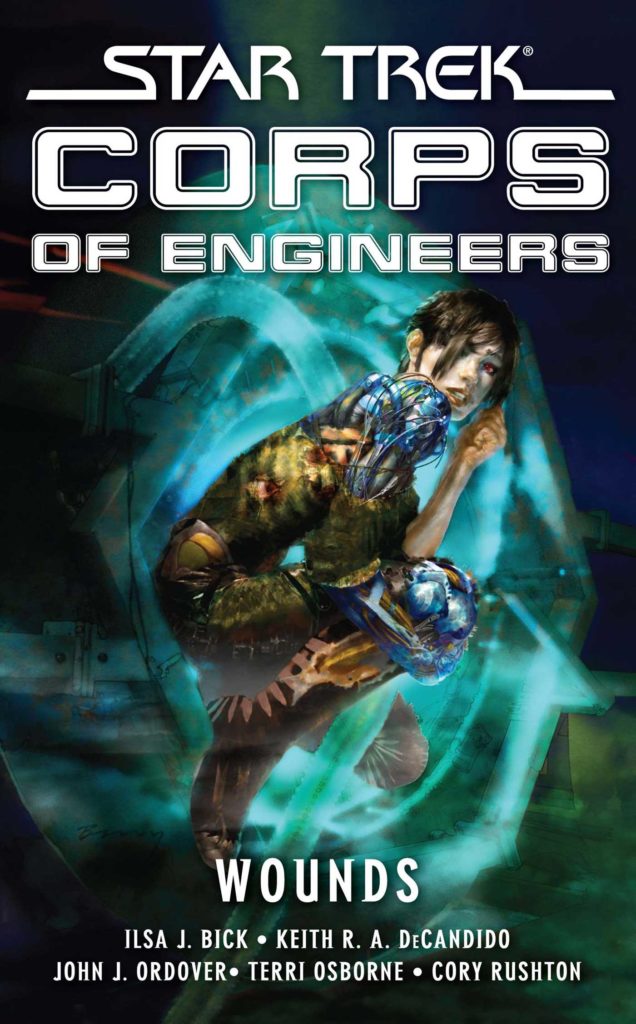


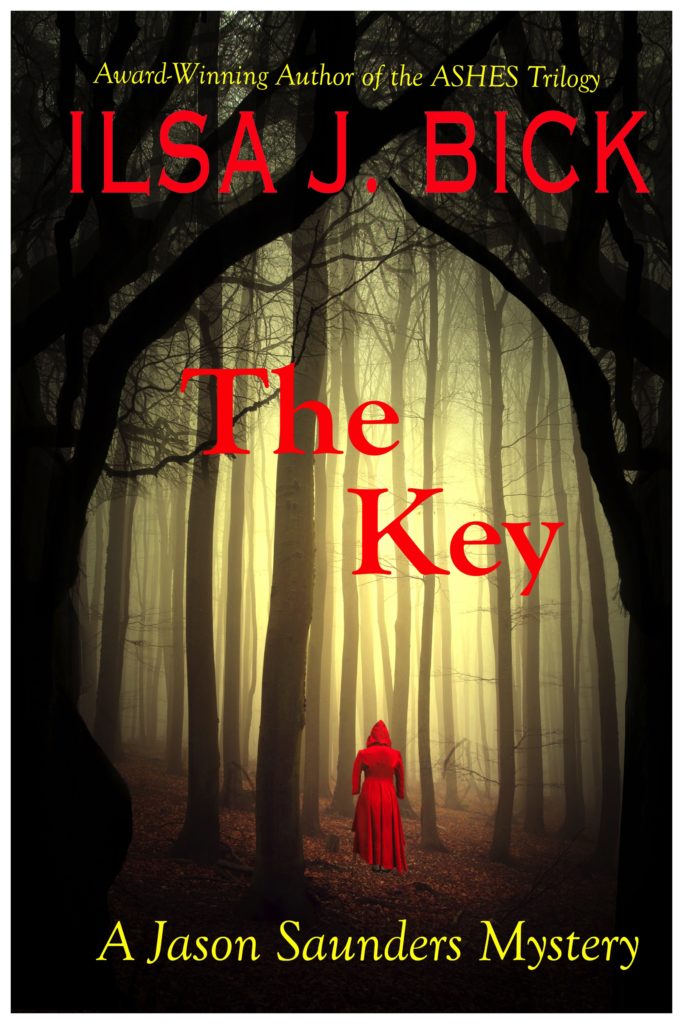
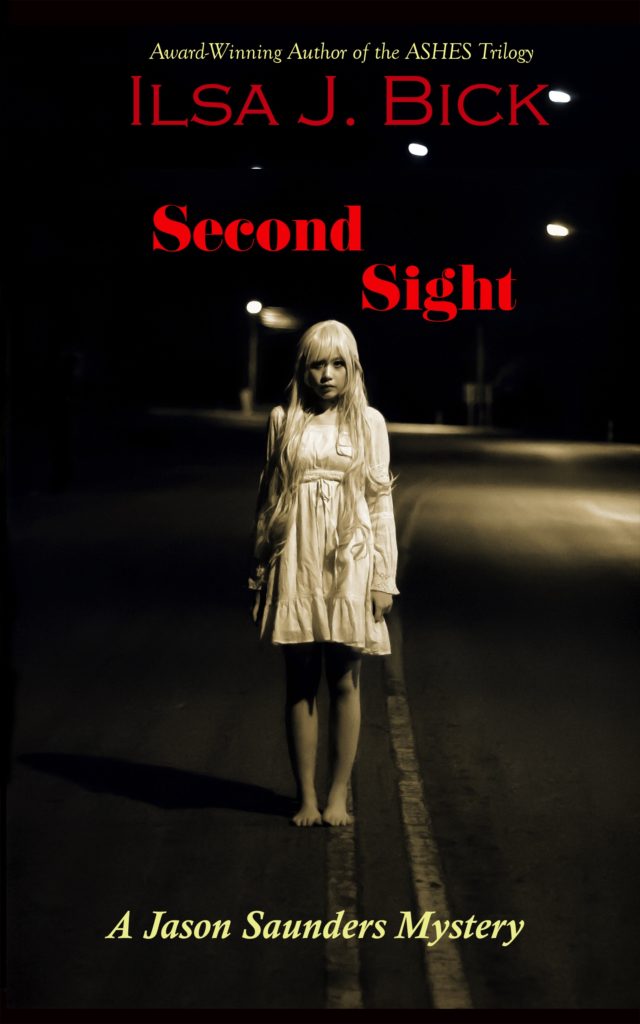
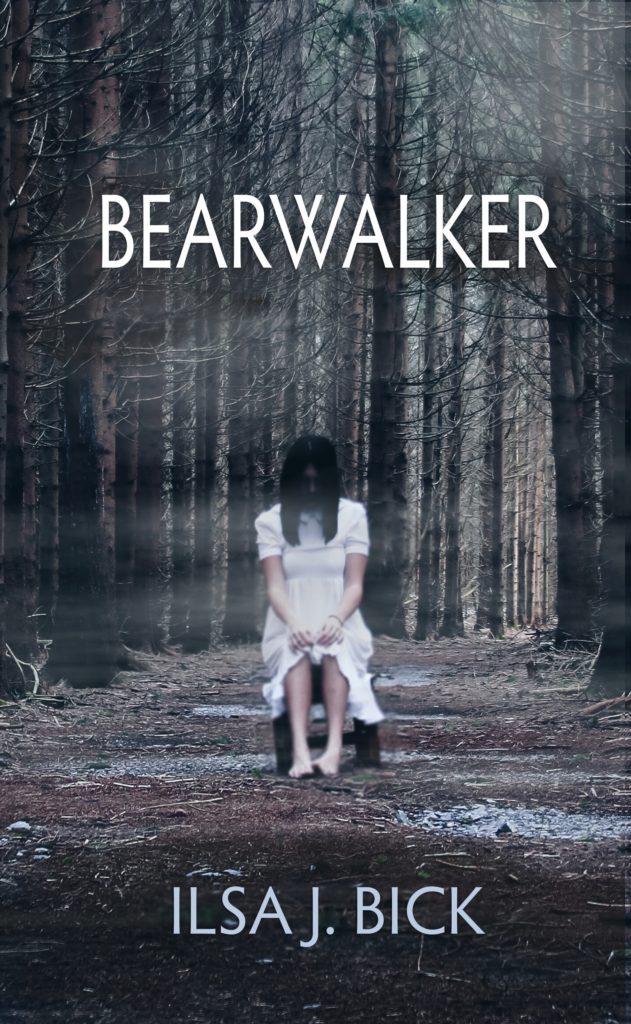
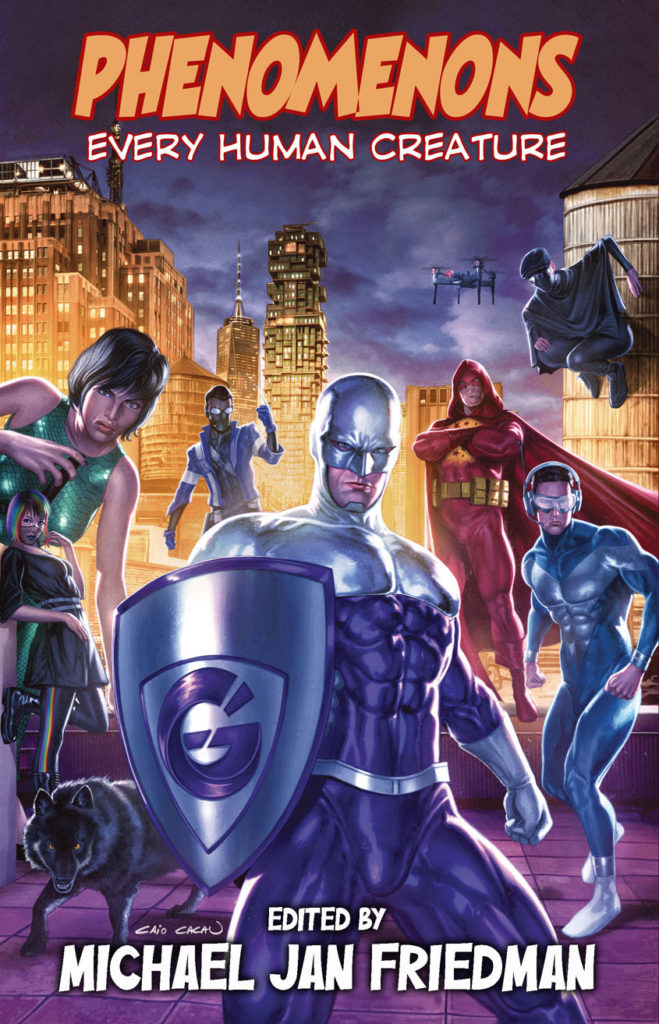
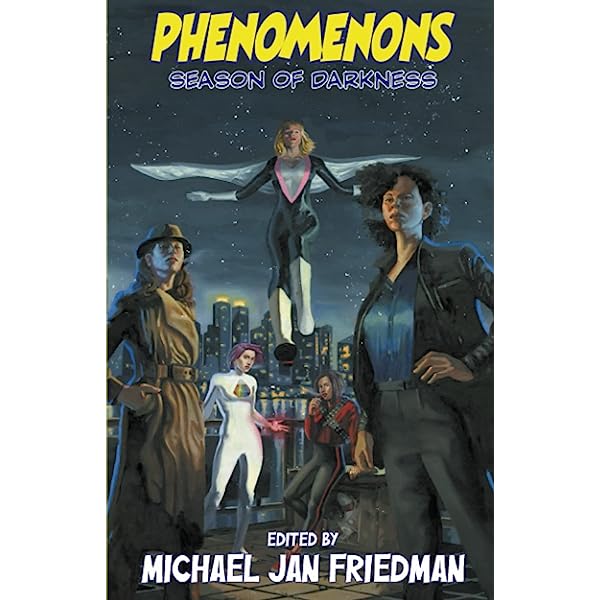

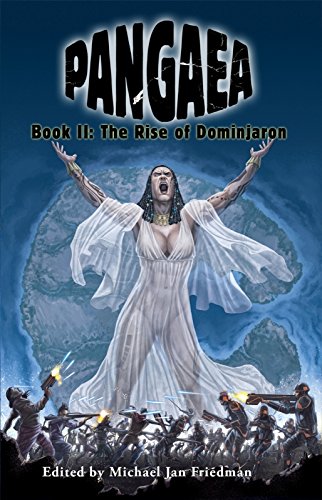
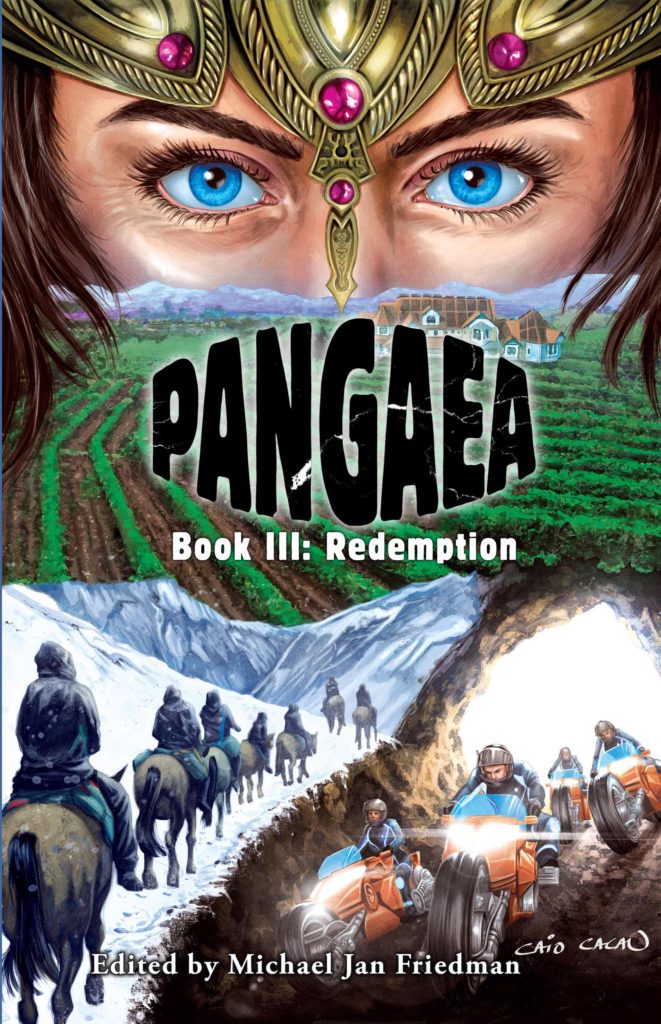
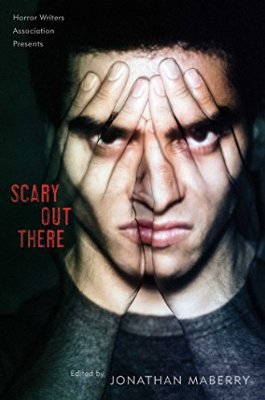
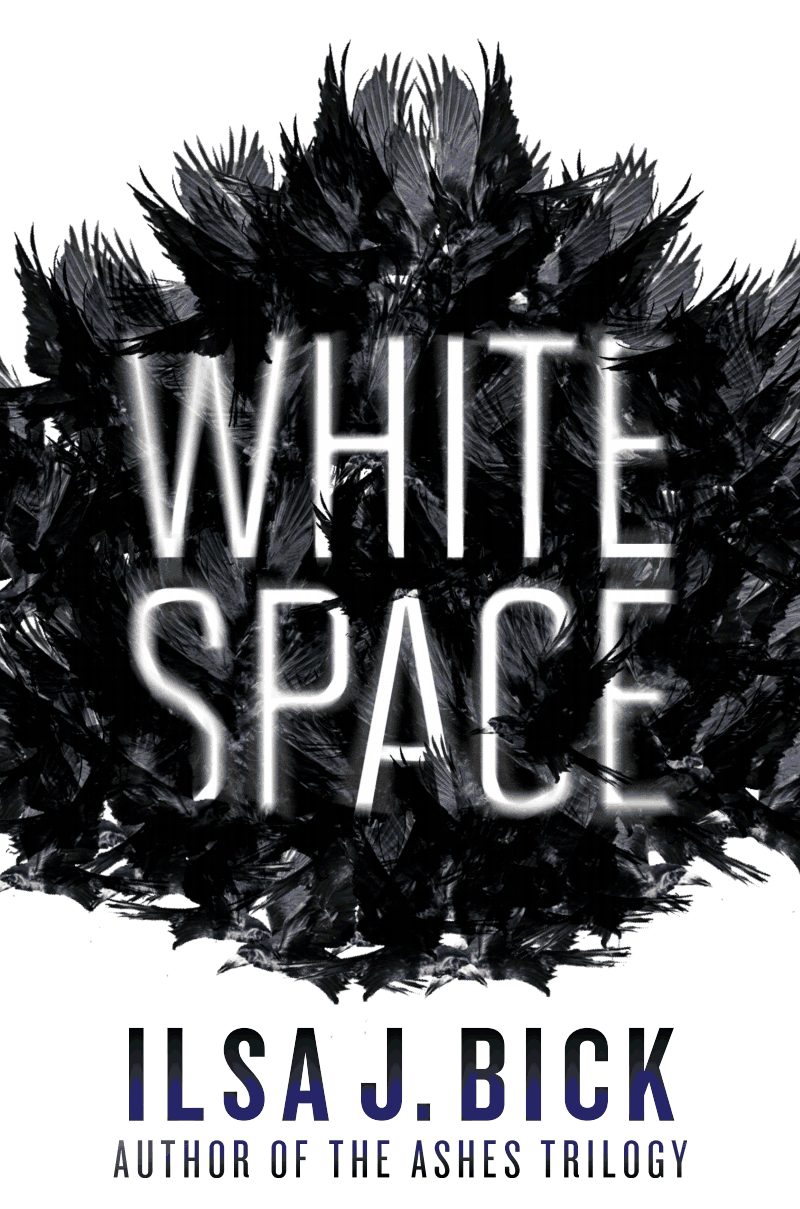
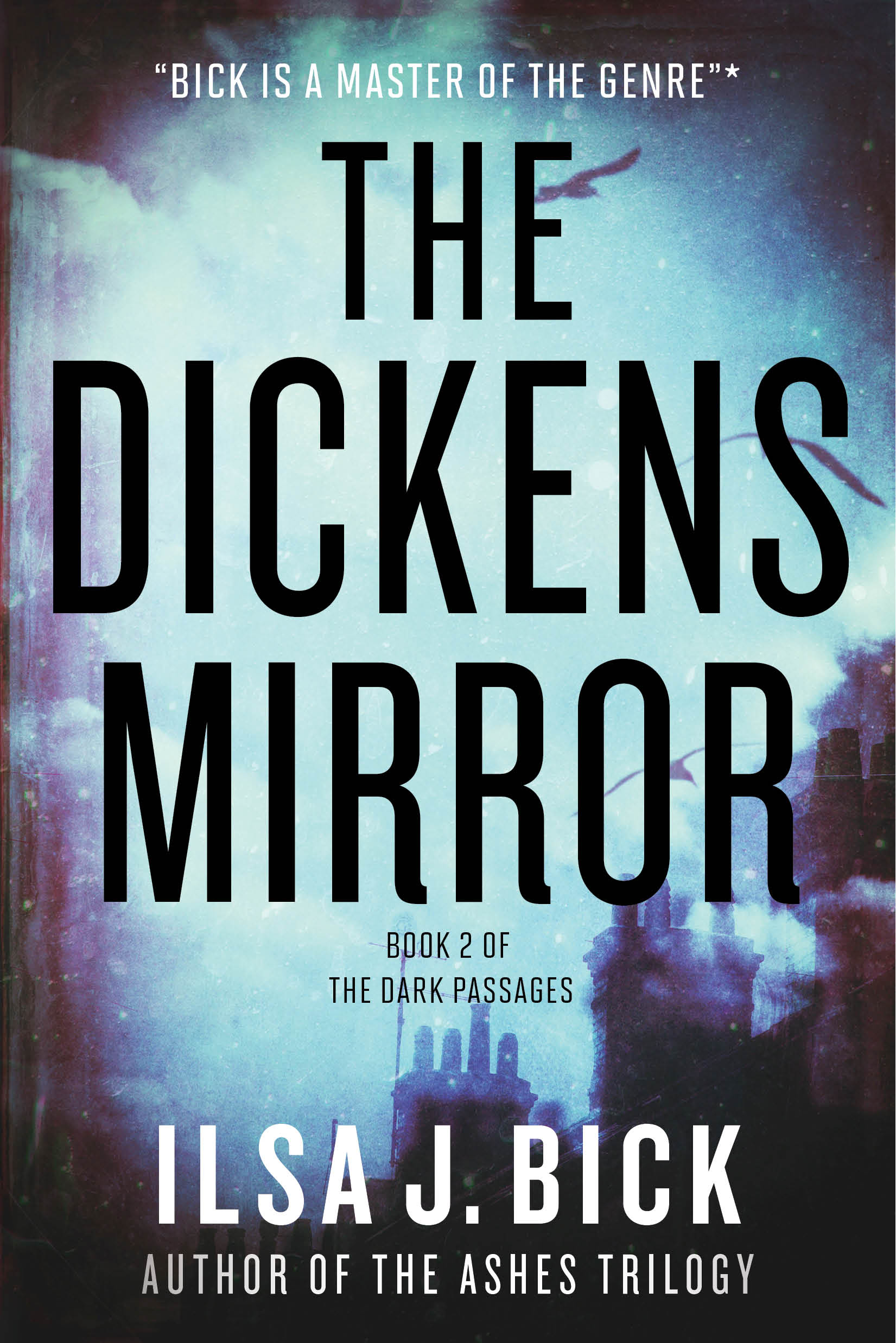
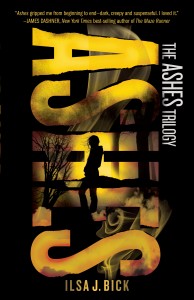
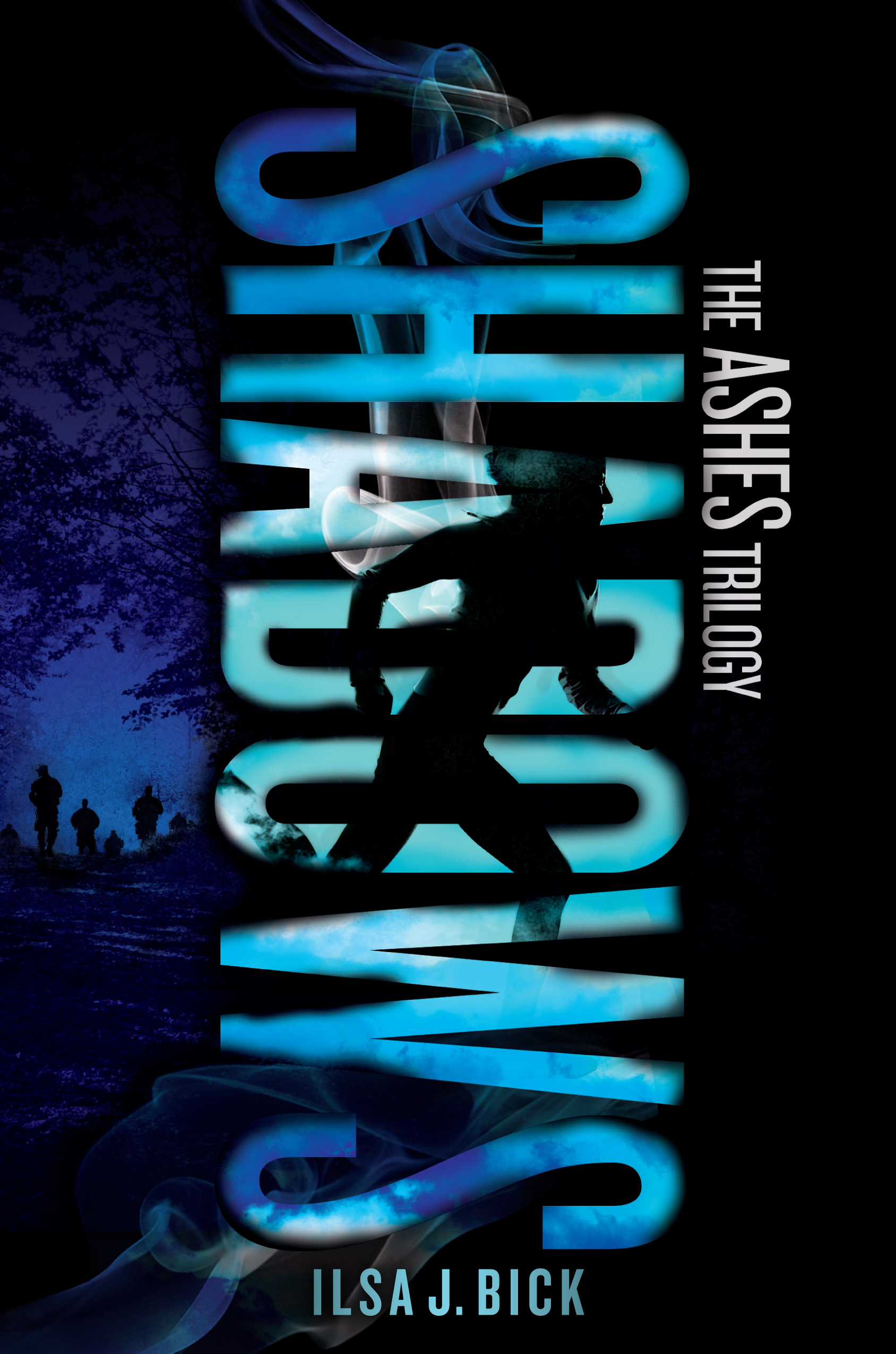
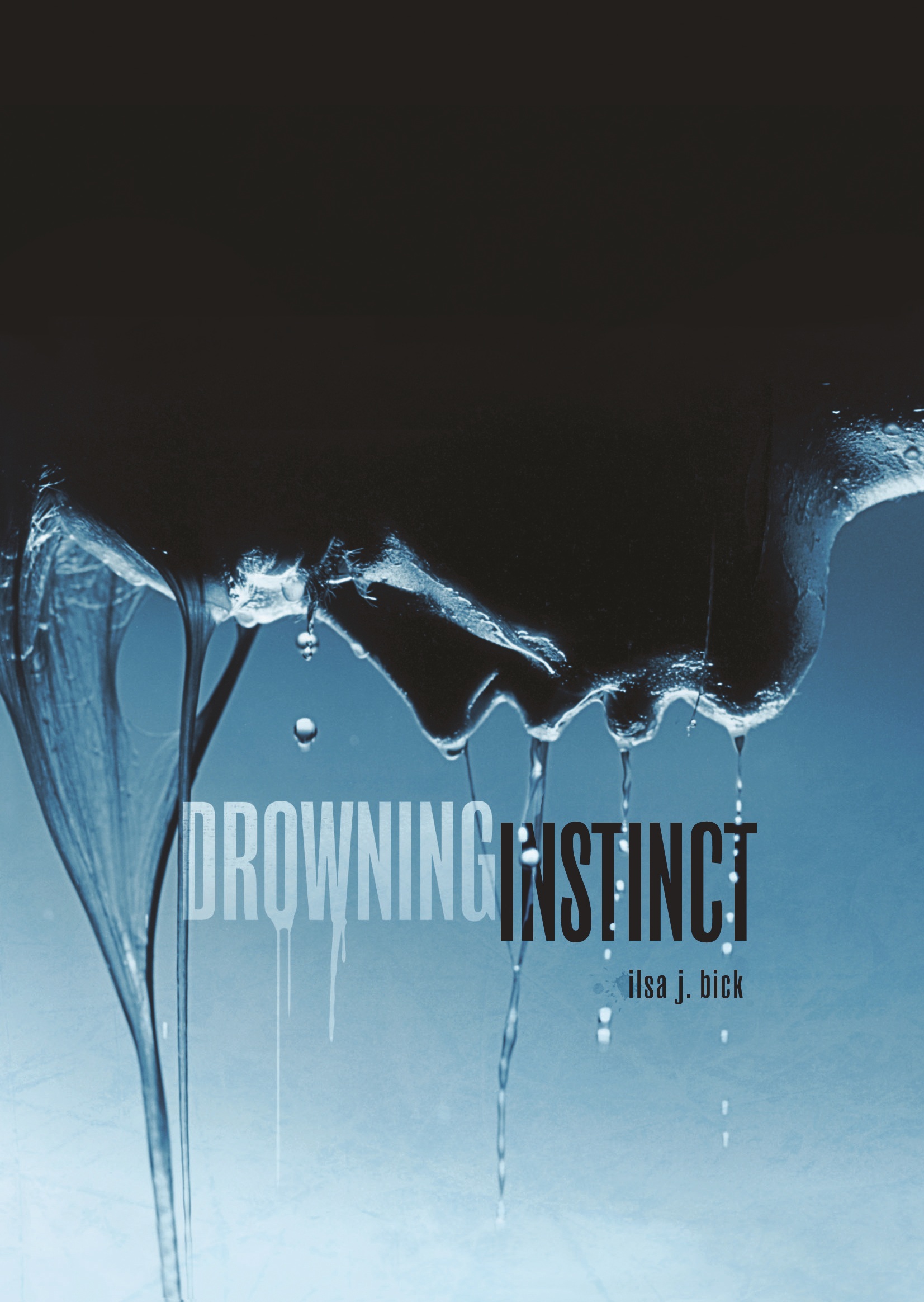
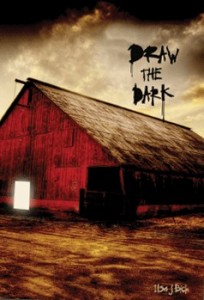
Ah, Ilsa, but books have frequently included diversionary asides: marginalia, glosses, illustrations, illuminations, footnotes, bibliographies. As a self-described technopeasant and neo-Luddite, I’m not convinced that the evolution of technology for the transmission of ideas is a bad thing. Story lives in many instruments.
And I’m not disagreeing with that, although I think you could argue that more fiction books exist as freestanding entities. My point is that the book is a piece of tech that didn’t require a fix and that tech alone will not save books or publishing. A reader will not make reading more attractive if you don’t value reading in the first place.
I grew up reading. From small independent stores to an eight-year career with Borders, I’ve spent a lot of time around books. Up until a couple of years ago, there were eight bookstores in downtown San Francisco. Soon there will be only one. Don’t really know where I’m going with this except as a general ‘what the hell is wrong with people these days?’ rant, but it’s been on my mind a lot lately. It’s disturbing that people don’t think books are important. But I’ll shut up before I get all bleak and depressing. I love books. I love your books. Keep writing.